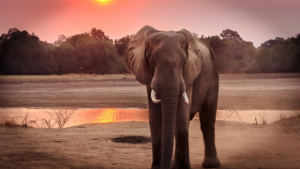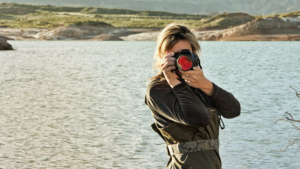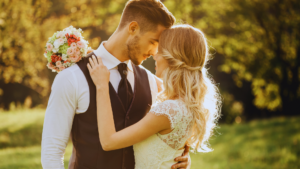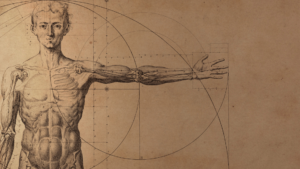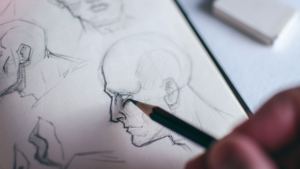
Investing in the right lens for your photography equipment can help you capture stunning pictures and say something meaningful. But it can be challenging because each lens has its own unique features and benefits. It is important to know that not all lenses are the same; the type of lenses you have on your camera can make all the difference in the world when it comes to quality photographs. For example, a wide-angle lens will give an expansive view of your subject, while a fisheye lens will give you a distorted photo of your subject.
The most important thing to remember when choosing the right lens for nature photography is that different focal lengths can change the look of the picture. Having a zoom lens is great if you want to capture everything in the frame, but it adds weight to your backpack and can be difficult to handle while hiking or scrambling. Some people opt for telephoto lenses that shoot closer to the subject, but these can be unwieldy and limit your field of view. Other people buy more expensive lenses that give them the ability to zoom without the weight and bulk.
Here are tips on choosing the right lens for nature photography.
Focal Length
Focal Length is one of the most important settings you can use to take great photos, and it can be confusing to choose the right one. When choosing your Focal Length, you need to consider several factors and think about what you will be using the photo for. The Focal Length you need is not always the Focal Length you think you need. The most obvious focal length is 50 mm. Almost all modern cameras have a 50 mm lens. And 50 mm is the most used focal length.
Aperture
The Aperture in your camera refers to the size of the opening in front of your sensor. The larger the opening, the more light that can get into your camera. This is why, when you put the camera on its highest ISO setting, you can see that the photograph “bleeds” into the surrounding areas. There is a debate in photographic circles whether the lens or the camera makes the image. It has been argued both ways, but in reality, there is no correct answer. For the photographer, it is important to choose the lens that will best express your vision.
Aperture is a variable that determines the amount of light that enters a given focal plane of a photographic lens. In the context of a lens, the diameter of the aperture opening may be referred for example, as a f-number. A larger aperture opening allows the light to pass through more easily, while a smaller one requires more light to be able to pass through.
Zoom Or Prime
So, camera lenses can be broken down into two categories: zoom lenses and prime lenses. Both have their advantages, but which is best for you? Zoom lenses are great for capturing wide-angle views of landscapes and architecture, but they can’t reproduce the depth of field that a good prime lens can. Prime lenses are often better for close-up photography, but they tend to be bulkier and cost more than zoom lenses.
Auto Or Manual Focus
It’s easy to forget to focus on your images. And if you’re not careful, your camera will focus on the wrong thing! How many times have you focused on a human face, only to find out that you’ve focused on the wrong eye? When you’re out shooting, it’s hard not to be distracted by your surroundings: the flowers, the trees, the sky. But what you’re really shooting is the subject: the subject of your image. You’re focusing on the subject. Choosing the right lens is important but choosing the right focus point is equally important. You need to know how to use both to create a super-sharp image of your subject.
Choosing a lens for your camera can seem quite daunting. Lenses are a very personal purchase, and the choices can be bewildering. This article will discuss what to look out for when choosing your next prime lens and why lens quality is important when taking photos. When taking pictures of the outdoors, choosing the right lens is important. There are many types of lenses that serve different purposes, and they are all useful in their own way. You need to decide which one will serve you best in the type of photography you plan to do.

